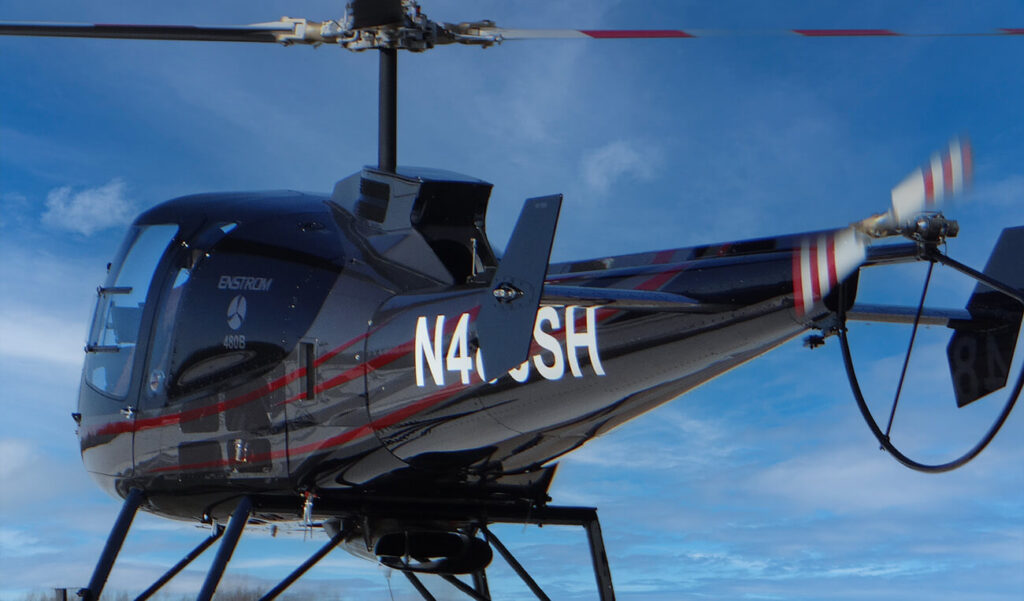Lubrication of Tail Rotor Thrust Bearings

The Enstrom tail rotor has great authority: being unobstructed, loss of tail rotor effectiveness is minimal if any at all. To maintain that positive control, one thing to add to your next maintenance task is SIL NO. 0162 (Piston) or SIL NO. T-026 (Turbine), these documents detail a lubrication method to prevent premature wear of the tail rotor thrust bearings. While this is not as common of an occurrence in recent years, it still can be found in the field today.
To perform this task you will disconnect the tail rotor pitch link from the pitch horn, it is recommended to do one blade grip assembly at a time. Prior to adding grease into each grip, you will want to add tension to the blade by pulling from the root towards the tip, with tension applied, rotate the blade back and forth. Next, apply pressure to the tip of the blade along the teetering axis and rotate the assembly. You are feeling to feel for any dead spots/ratcheting within the bearings. Purge the grip assembly with Aeroshell 14 grease and rotate 11 complete turns. This will position the bearings in a new location within the housing. Purge the grip again and verify rotation is smooth under tension. If dead spots/notchiness are found you may rotate the grip to a location that provides smooth operation. Clean excess grease from the area and reconnect the pitch links.
If this task is performed regularly a mechanic should find/feel something long before a pilot will encounter any indications. However, if it does go unnoticed by the mechanic, a pilot could feel their tail rotor pedals have a sharp or notchy change over the point from left to right in operation. I have only encountered this once, every time I would make any power adjustments you could feel the tail kick slightly in the direction of the tension change. When back on the ground I was able to perform the SIL and remove the notchy spot from the operating range. A bit of grease and a few cotter pins can save you time and money.
For more in-depth information you can also browse through the Technical Tips where we keep documents of more frequently fielded questions in Product Support.
Cody Parkovich handles Technical Support and is a Production Pilot for Enstrom Helicopter.
About Enstrom Helicopter
From Rudy Enstrom’s early designs in 1943 to initial testing in a Michigan Quarry in 1957 to aircraft operating on six continents, Enstrom Helicopter Corporation has maintained a reputation for safety, value and performance. Based in Menominee, Michigan and proudly made in the United States, Enstrom has a rich history for design innovation. The goal is to provide helicopters to the customer’s exact specification and deliver support and maintenance worldwide.
